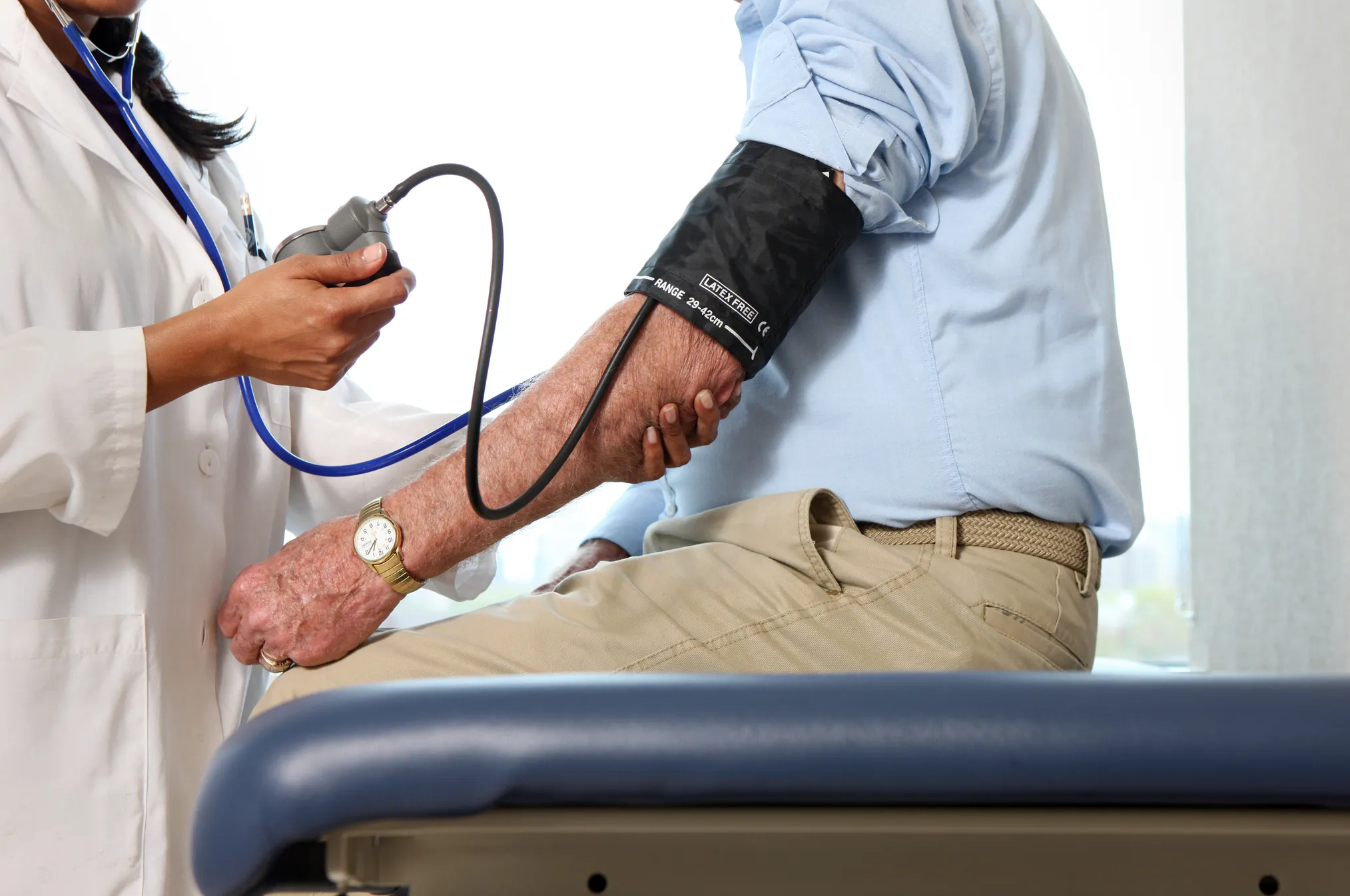
The first reading seemed normal. The second was higher. Same cuff, same arm, same pharmacy. That caught my attention. I hadn’t felt different. No dizziness. No headache. But the numbers said something else. I started wondering if one reading meant anything. Or if two different ones meant even less. That’s when I realized I didn’t actually know when—or how often—I should be checking at all.
My doctor said once a year is enough—until something changes
For years, I heard it in passing. “We’ll check it during your annual.” That was fine. Until I gained weight. Or drank more coffee. Or got stressed. Then the numbers changed. That’s when my doctor said it’s not just about age—it’s about changes. In routine. In health. In diet. Once a year worked—until it didn’t. Frequency depends on stability, not just the calendar.
I didn’t know that home monitors can show trends better than single clinic visits
Clinics are snapshots. One reading. One moment. But my pressure moved. Morning low. Afternoon high. At-home monitors showed the pattern. That meant more than one spike. I stopped fearing every number. I started watching for trends. My doctor liked that better, too. One reading meant less than five days of data. Patterns became more important than peaks.
I learned that stress can raise readings without anything physically wrong
My job was demanding. Meetings. Deadlines. Traffic. I checked pressure at work once—way too high. But later, at home, it dropped. Nothing changed but the tension. My heart wasn’t failing. My arteries weren’t blocked. I was just stressed. Short-term spikes don’t mean disease. But they still matter.
I didn’t realize how much caffeine affects the reading—even two hours later
I had coffee at 9. Checked pressure at 11. It was higher than usual. I waited. Checked again at 1. It dropped slightly. Caffeine lingers. It doesn’t hit fast—but it stays longer than I assumed. That shifted how I timed my checks. And explained a few odd readings before.
My cuff size was wrong, and that changed the numbers completely
I bought a monitor online. Used it daily. The numbers felt off. Then I noticed the cuff—too tight. Wrong fit. It squeezed too hard. Inflated too fast. Showed inflated numbers. I bought the right size. Everything changed. Accuracy isn’t just about timing—it’s about tools.
They told me white coat syndrome is real—and not rare
I felt fine walking in. But in the exam room, pressure rose. Slightly nervous. Slightly alert. And that’s enough. “White coat syndrome,” they said. Real. Common. That’s why home checks help. Some bodies respond to medical spaces. Not because they’re sick—but because they’re aware.
I didn’t know age changes what “normal” looks like
I assumed 120/80 forever. But that wasn’t true. As I aged, targets shifted. A little higher was okay. My doctor said, “We treat trends—not perfection.” That made sense. One number didn’t define risk. Especially after fifty. Context mattered more than static definitions.
I learned you shouldn’t take a reading immediately after exercise or food
I checked my pressure right after a run—way high. Another time, after a salty lunch—spiked again. My doctor explained. Rest first. Wait at least 30 minutes. No food. No exertion. No talking. A quiet reading reveals more than a rushed one.
They said checking weekly is fine—unless there’s a specific concern
Not daily. Not hourly. Just weekly. Unless something felt off. Palpitations. Headaches. Changes. Then check more. Otherwise, weekly showed patterns without panic. That worked better for my brain. Less obsession. More observation. Health tracking, not health anxiety.
I didn’t expect medications to affect readings so fast—or so subtly
I started a new prescription. Checked pressure days later. It dipped. I hadn’t felt it. No side effects. Just numbers adjusting. Slowly. Medication doesn’t always feel dramatic. But it acts quietly. Consistently. That’s why regular checks matter. So small shifts don’t get missed.
I didn’t expect dehydration to play a role in numbers
Hot day. Long walk. Little water. Checked pressure—low. I felt lightheaded. Not from blood pressure disease. From water loss. Dehydration changes everything. Pressure included. Rehydrating helped. So did avoiding outdoor workouts before checking pressure again.
I realized that two people with the same reading can have very different risks
My friend had 130/85. So did I. But they had diabetes. I didn’t. Their doctor acted fast. Mine didn’t. Risk isn’t only about numbers—it’s about context. History. Genetics. Conditions. A number alone doesn’t hold the answer. That changed how I understood treatment decisions.
Source: General Practitioner in Dubai / General Practitioner in Abu Dhabi
